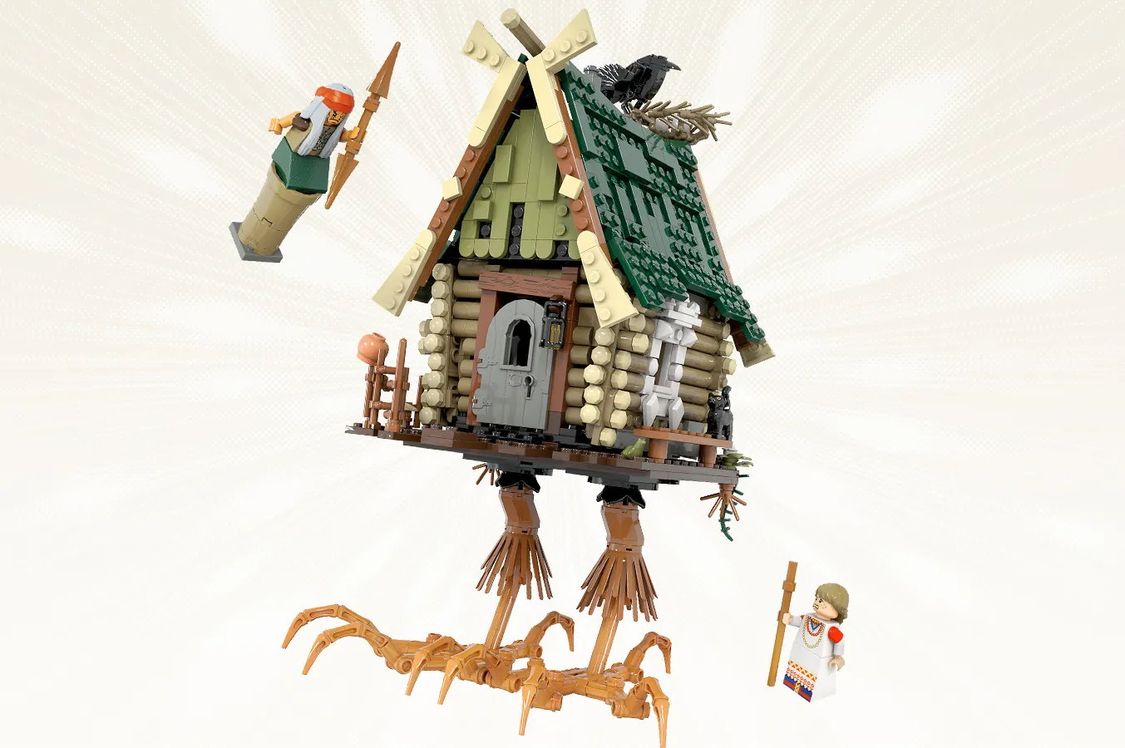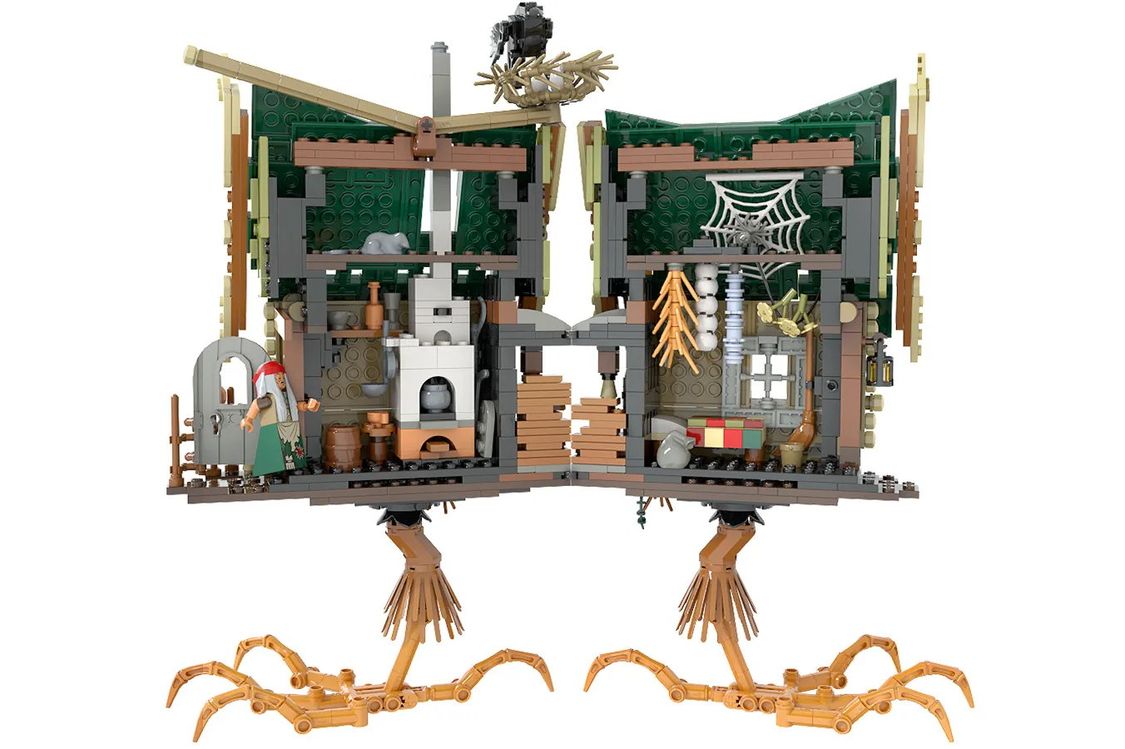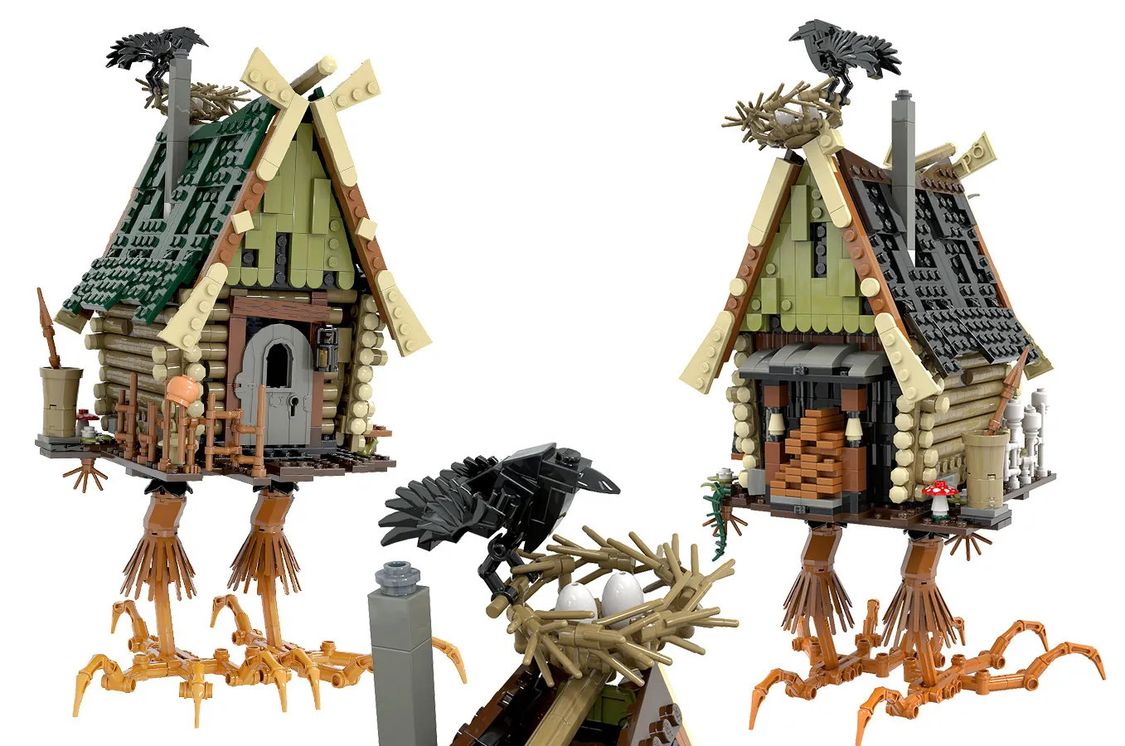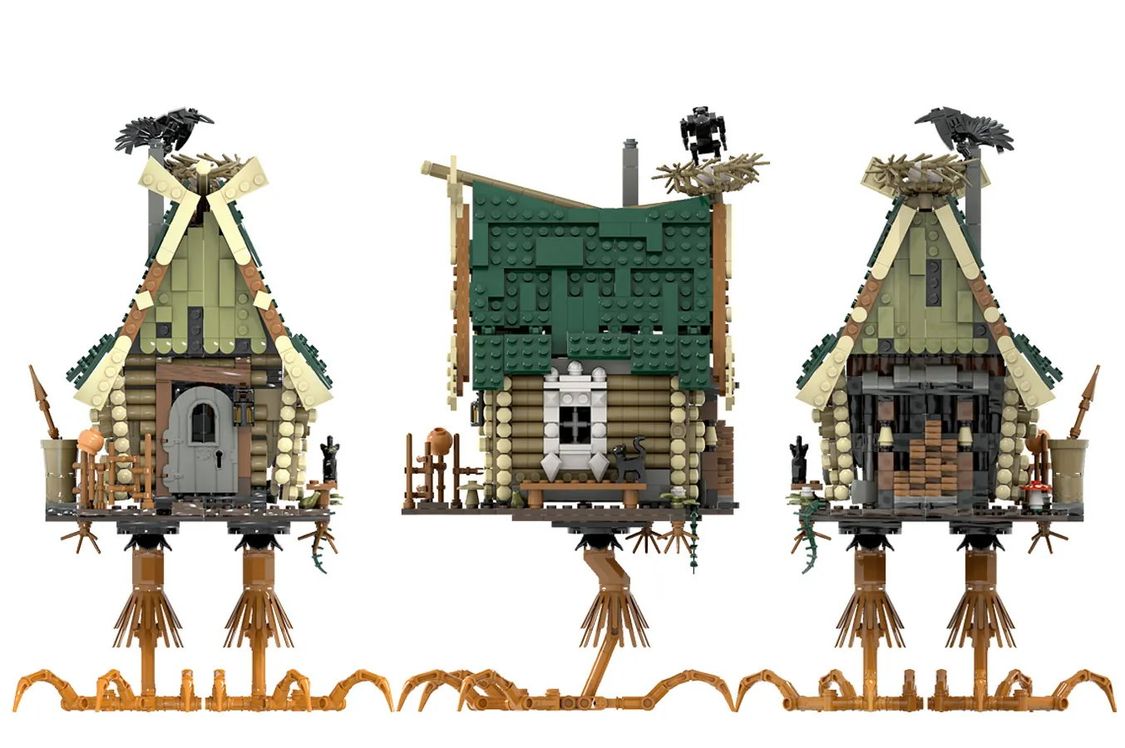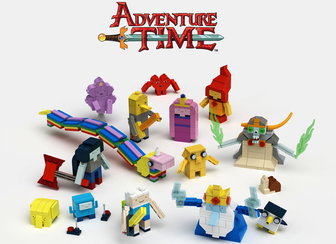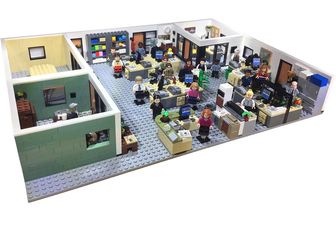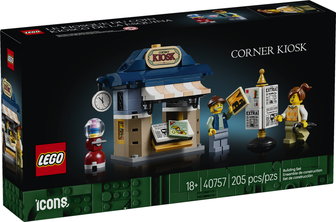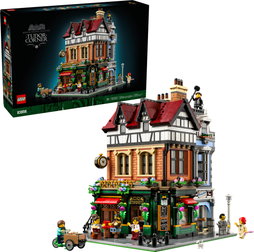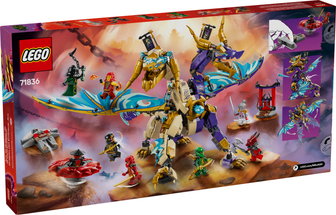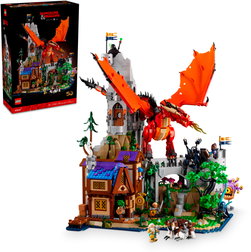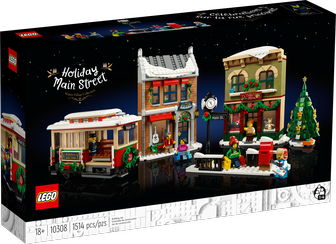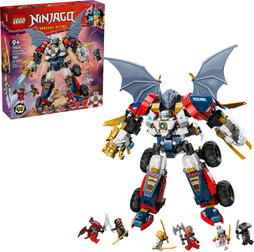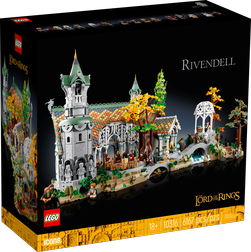巴巴·雅加
Baba Yaga
作者:Artem Biziaev / 发布于:2021-10-19
The Baba Yaga project turned out to be very popular in Russia, and a huge number of people asked me to try my luck at the Ideas contest again.
As we say in Russia: The first pancake is lumpy.
Baba Yaga, who is she?
The forest witch is a classic character of fairy tales of Europe, and she will not necessarily be a green lady from pop culture. Traditions of different regions described this character in different ways. In Slavic countries, a forest witch was called Baba Yaga, which means an Evil Old Woman. In the Czech Republic, Slovakia she is called Ježibaba, and in Poland - Babojędza.
In the narratives in which Baba Yaga appears, she displays a variety of typical attributes: a turning, chicken-legged hut; and a mortar, pestle, mop or broom. Baba Yaga frequently bears the epithet "bony leg" (Baba Iaga kostianaia noga). Baba Yaga is often accompanied by Bayun - the storyteller cat.
As one of the most famous witches, Baba Yaga makes an appearance in hundreds of Slavic folktales.
In this project, I depicted a scene from the Russian fairy tale Vasilisa the Beautiful, where a young girl persecuted by an evil stepmother goes to the forest. Vasilisa meets Baba Yaga, who lives in a hut on chicken legs. The old woman tests the girl, becomes her mentor and helps punish the evil stepmother.
Very similar to the Cinderella fairy tale, isn't it? But in the Slavic version, the girl solves her problems without the help of the prince. Definitely, a Russian fairy tale passes The Bechdel test more successfully.
I love all LEGO themes, and especially Ideas, and I think it would be good to go beyond pop culture and show the cultural diversity of the peoples of the world.
投稿状态
10000
票支持
未通过
状态
